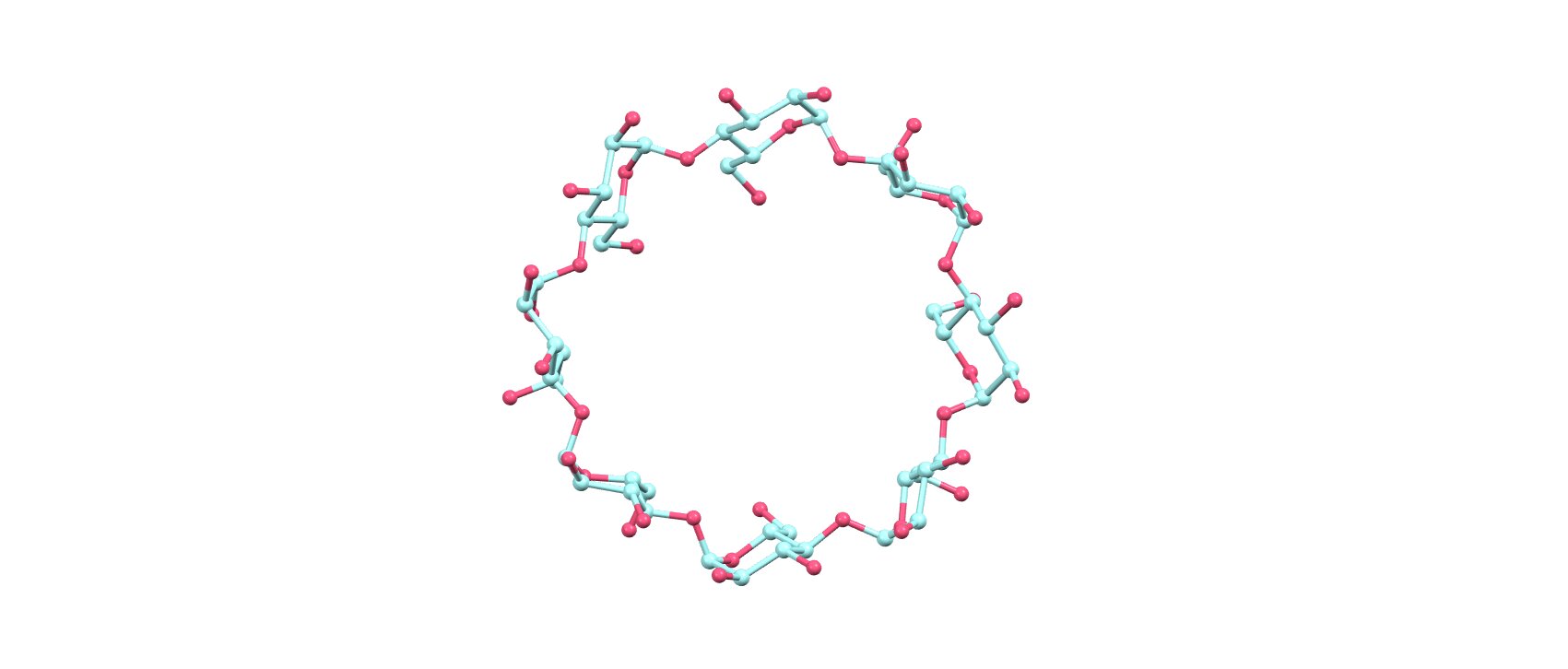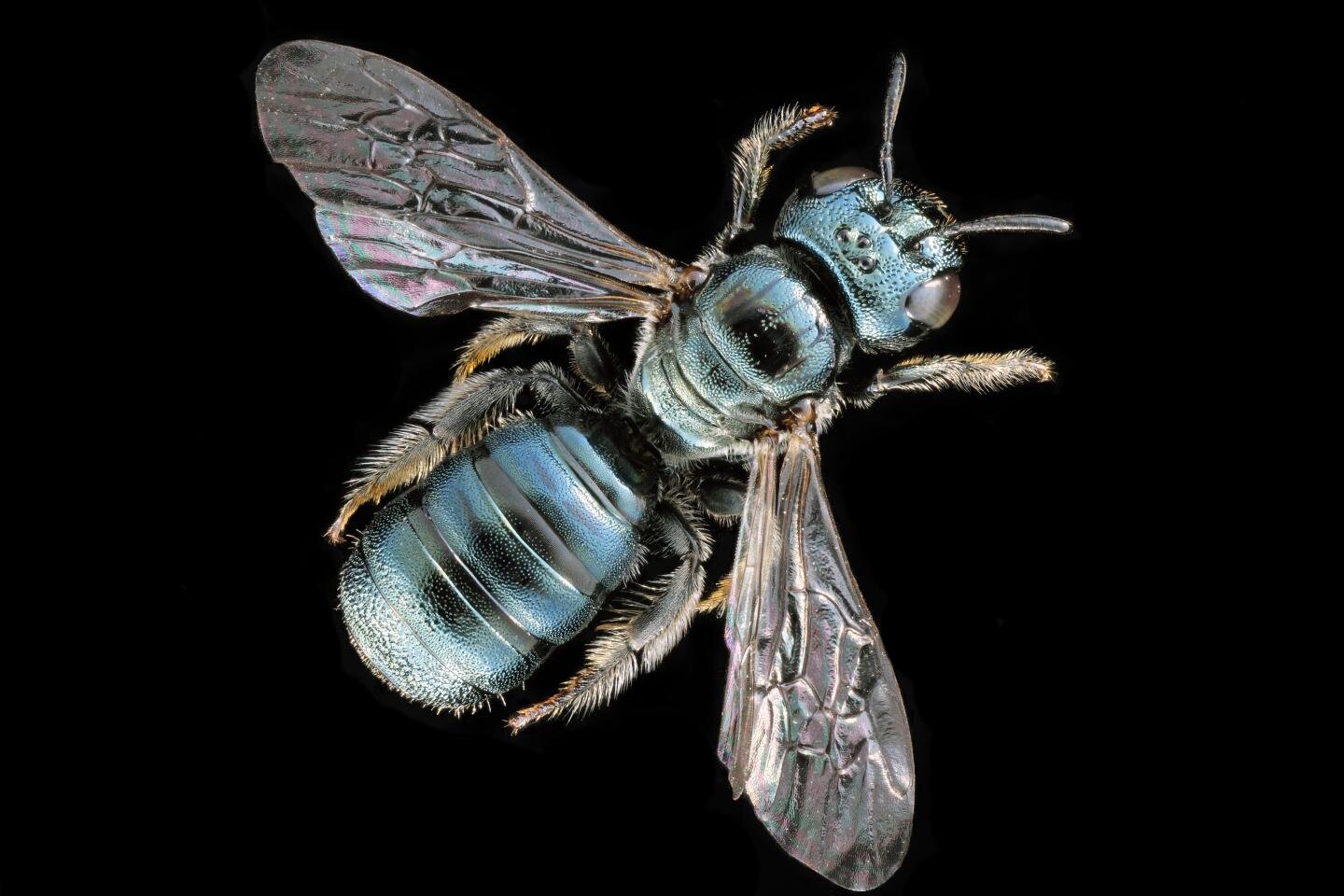#To listen is to survive: Unravelling how plants process information
“#To listen is to survive: Unravelling how plants process information”

Researchers at Helmholtz Zentrum München and Ludwig-Maximilians-University (LMU) have mapped the signaling network in plants and discovered novel insights about how plants process information about their environment. This gives new potential for strategies to protect crops and help them thrive in the time of increasing droughts.
Plants must constantly integrate information on the availability of water and nutrients or about the presence of pathogens to produce fruits and seeds for reproduction, heavily used for human consumption. Given the increasing threat of droughts and the requirements of sustainable plant protection it is important to better understand the molecular mechanisms behind the information processing of plants. So far, different plant hormones were known to trigger molecular signaling pathways that result in developmental transitions like fruit ripening or drought response. While the signaling pathways are well studied, it remained enigmatic how the information exchange between them exactly works.
Hundreds of new information exchange points identified
A team at the Institute of Network Biology at Helmholtz Zentrum München with the participation of LMU biologists charted the molecular protein network of plants by experimentally testing more than 17 million protein pairs for physical interactions using a next-gen robotics pipeline combined with latest bioinformatics methods. The network of more than 2,000 observed protein interactions was analyzed using bioinformatic mathematical approaches form statistics and graph theory to find the signaling pathways and potential information exchange points. This way the researchers identified hundreds of these points which were not known before.
Most proteins function in multiple signaling pathways
Next, by using genetic tests, they could show that all tested information exchange points between proteins that were thought to function in single signaling pathways, in fact, organize the communication between different pathways. “This was one of the most striking new insights from this study: Most proteins function in multiple signaling pathways. Moreover, in contrast to single-gene analyzes, our results revealed the high degree in which different pathways are physically and functionally intertwined. We believe that this is a fundamental principle and we need to pay more attention to it,” says Dr. Melina Altmann, first-author of the study.
Future-proof plants
Prof. Pascal Falter-Braun, Director at the Institute of Network Biology and professor at LMU adds: “This insight might open new strategies for biotechnological development or breeding of plants to address the challenges of climate change in farming. We might be able to redirect the information in crops such that the plants require less fertilizer or pesticides or are more resistant against droughts.”
The study is published in the journal Nature.
More information:
Altmann et al., Extensive signal integration by the phytohormone protein network, Nature (2020), DOI: 10.1038/s41586-020-2460-0
To listen is to survive: Unravelling how plants process information (2020, July 1)
retrieved 1 July 2020
from https://phys.org/news/2020-07-survive-unravelling.html
This document is subject to copyright. Apart from any fair dealing for the purpose of private study or research, no
part may be reproduced without the written permission. The content is provided for information purposes only.
If you want to read more Like this articles, you can visit our Science category.
if you want to watch Movies or Tv Shows go to Dizi.BuradaBiliyorum.Com for forums sites go to Forum.BuradaBiliyorum.Com



